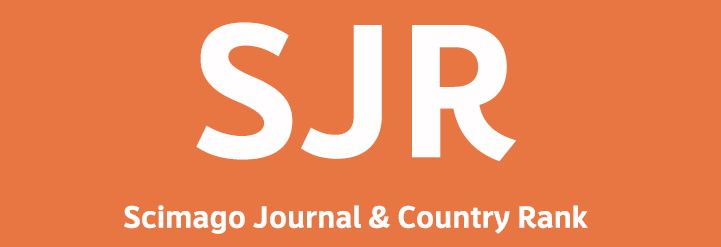INTEGRATION OF GEOLOGY AND PETROLEUM ENGINEERING ASPECTS FOR CARBONATES ROCK TYPING
DOI:
https://doi.org/10.29017/SCOG.36.1.650Keywords:
core, geology, pore geometry, carbonate, permeability, petrography, porosity, rock fabric, rock type, pore structure, petroleum engineeringAbstract
Carbonate rocks are highly heterogeneous. That which leads to rock typing of carbonate rocks is not
easy to do even by integrating static and dynamic properties of rocks. In accordance with the defi nition of
rock types that are commonly used, rocks or parts of rocks that have been deposited in the same environment
and experienced similar diagenetic process have similar physical characteristics, such as grain or
rock fabric texture, pore geometry and structure pores, then the characters that will be used as the basis
for determining rock types. The use of rock fabric has been performed by many previous researchers. While
the use of attributes in the rock pores typing is still limited and more emphasis on engineering purposes.
The objective of this study is to integrate all three of these characteristics in the determination of
rock typing. Theories that have been established and related to fl uid fl ow in capillaries and porous
media that will be used to characterize the pore geometry and pore structure. Furthermore, the
characteristics of the geological evidence will be conducted using core description, petrography
and other data to obtain the relationship between aspects engineering and aspects geology in
accordance with concept or defi nition of rock type in question. In rock typing, permeability and
porosity characterize the pore geometry and pore structure. This study proves that there is a strong
relationship between the characteristics of the detail geological and architecture pores. Thus,
the resulting methodologies rock typing can be universal with respect to aspects of geology and
petroleum engineering.
Downloads
Published
Issue
Section
License
Copyright (c) 2022 SCIENTIFIC CONTRIBUTIONS OIL AND GAS (SCOG)

This work is licensed under a Creative Commons Attribution 4.0 International License.
Authors are free to Share — copy and redistribute the material in any medium or format for any purpose, even commercially Adapt — remix, transform, and build upon the material for any purpose, even commercially.
The licensor cannot revoke these freedoms as long as you follow the license terms, under the following terms Attribution — You must give appropriate credit , provide a link to the license, and indicate if changes were made . You may do so in any reasonable manner, but not in any way that suggests the licensor endorses you or your use.
No additional restrictions — You may not apply legal terms or technological measures that legally restrict others from doing anything the license permits.














